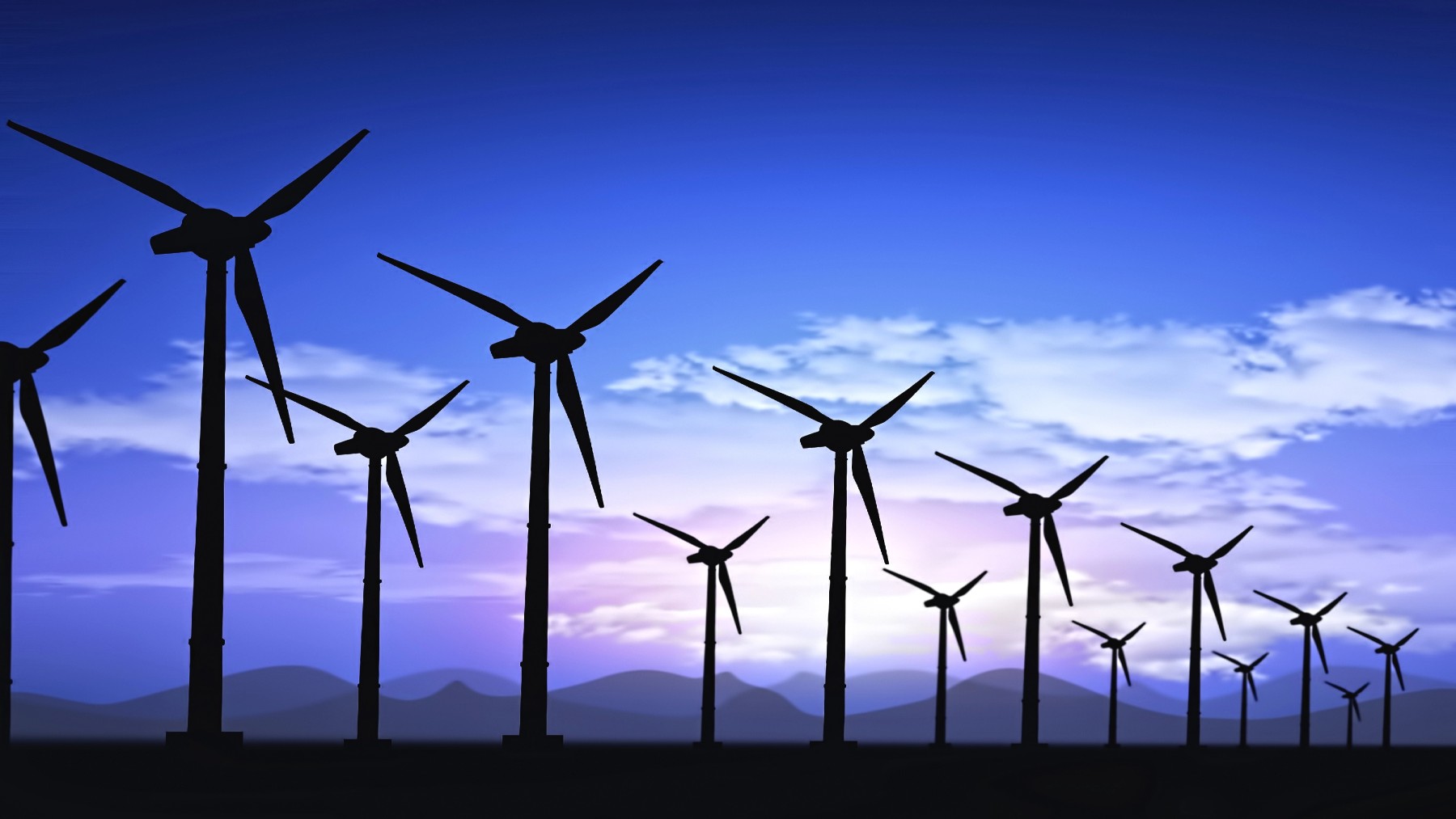This student has made waves in the wind power world. In a climate conscious world, harnessing renewable energy sources to power our world has been a top priority for stakeholders, governments, companies, and individuals. As increased attention is given to these renewable sources, so too is the technology having major breakthroughs and becoming more advanced. Recently, this one student may have changed the game completely when it comes to wind turbine designs.
Wind power continues to rise in popularity
Wind power has continued to become a major source of renewable energy. Often associated with more large-scale productions, large wind turbines are employed to harness this energy to convert kinetic energy into electricity. While onshore windfarms are the most prevalent, offshore windfarms are growing in numbers. While these windfarms are more expensive to setup, they produce a higher energy yield.
Wind power has the advantage of being not only inherently clean with regards to the energy it produces, but also, theoretically, will not run out, unlike current fossil fuels which are set to be depleted thanks to the rate we are mining hem at. While the upfront costs of producing the turbines are considerably high, the good news is that the operating costs of windfarms are relatively low.
Recently, innovators have come up with wind power turbine designs which are scalable to be installed in your home to power the energy requirements of your household. These designs usually produce between 1-10kW and tend to be paired with solar initiatives. SD Wind Energy is one such developer who has been making considerable leaps in the development of small-scale wind turbine designs for individual use. The company is committed to achieving a net-zero carbon output by 2050, and their uniquely positioned industry is set to encourage homeowners to embrace a variety of ways to harness renewable energy in the home.
This Penn-state student has just solved a 100-year old problem
In the spirt of advancing wind power technology, this one engineering student from Penn state has recently solved a 100-year-old aerodynamic problem, meaning that we could see more efficient wind turbines. Undergraduate student Divya Tyagi successfully managed to addresses gaps in a 1935 model by British aerodynamicist Hermann Glauert, which will mean that engineers have access to a much more sophisticated solution for renewable energy innovation.
The 1935 model has heavily influenced stakeholders in determining how much energy a wind turbine can theoretically produce, however, the model’s shortfall is its lack of accounting for external forces which impact the wind turbines. Tyagi’s solutions successfully account for this gap in the knowledge system.
“I created an addendum to Glauert’s problem, which determines the optimal aerodynamic performance of a wind turbine by solving for the ideal flow conditions,” Tyagi said, per a Penn State news release.
Further developments seen across renewable energy technologies
While the breakthrough by Tyagi is poised to transform the technological side of how wind power is harnessed and produced, other renewable energy sources are not so much having a technology upgrade, but innovations are focused on encouraging consumer adoption of the technology. While solar power is one of the most utilized sources of renewable energy, the shortfall is that the solar panels used to harness the energy are not aesthetically pleasing.
However, Solarix is on a mission to change this in order to encourage more widespread adoption of the technology. Unlike the traditional ground- or roof- mounted solar arrays which are used to harness solar power, Solarix’s panels are designed to be integrated into the wall of a building. In addition, the company offers 16 different colors for consumers to choose from and over 76 different designs, highlighting the importance of aesthetic appeal in the renewable energy sector.
